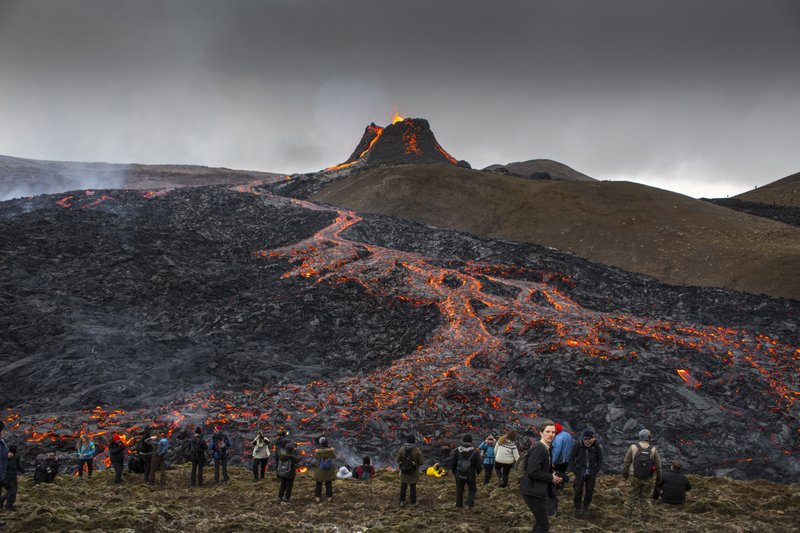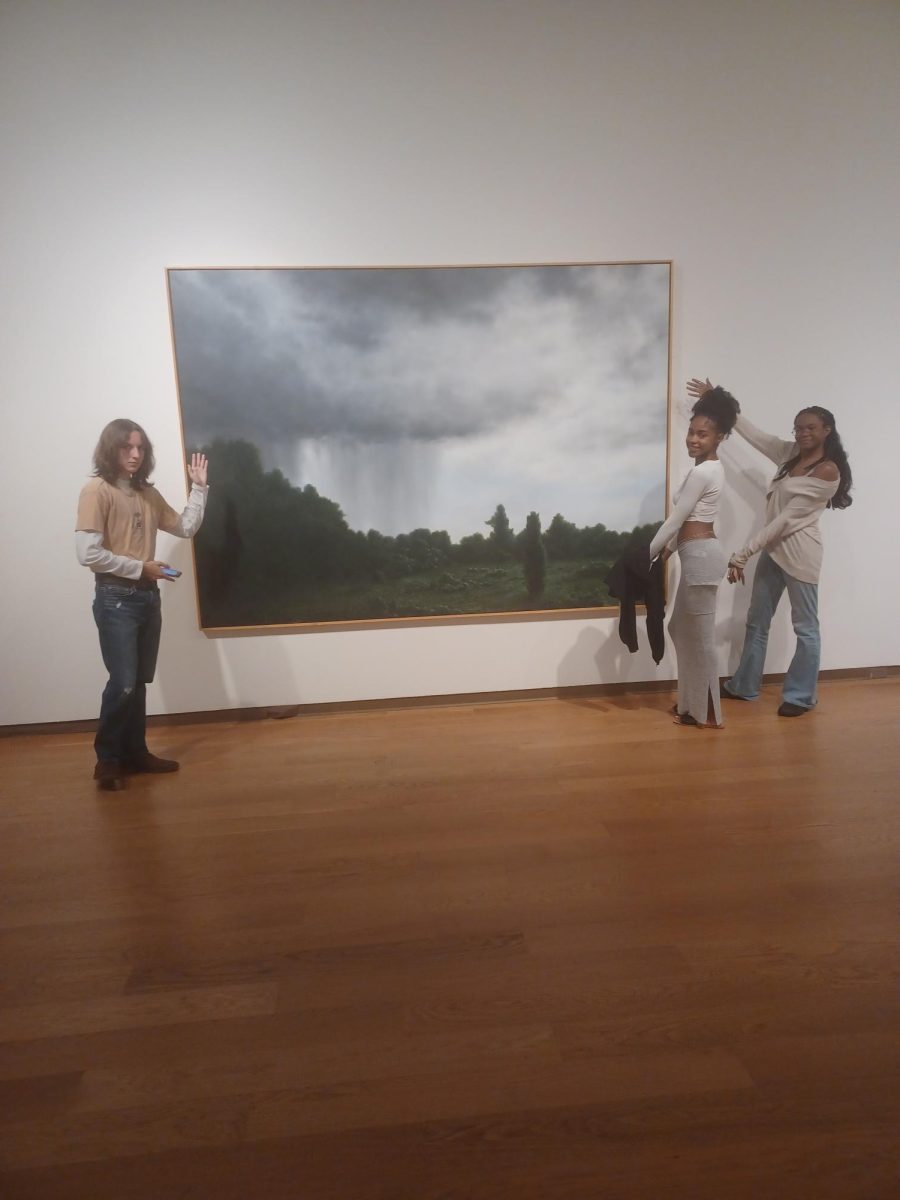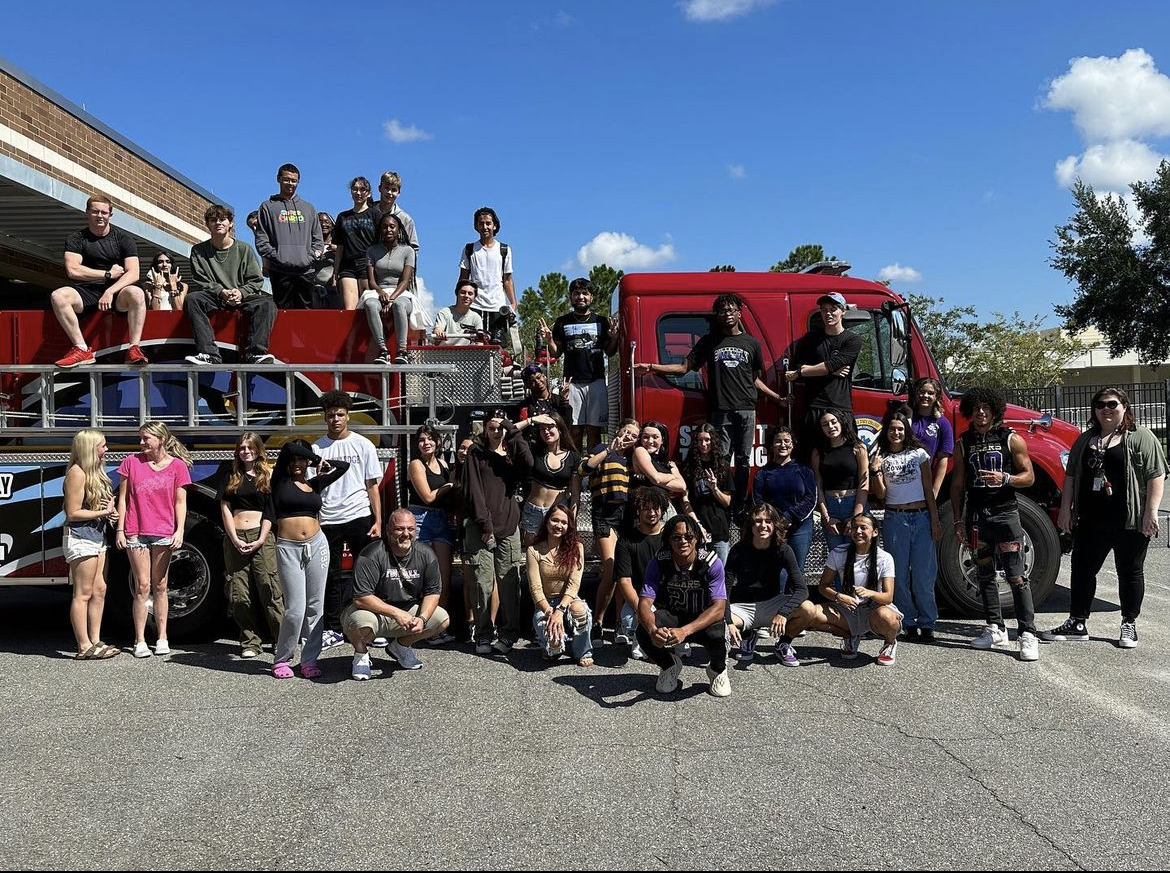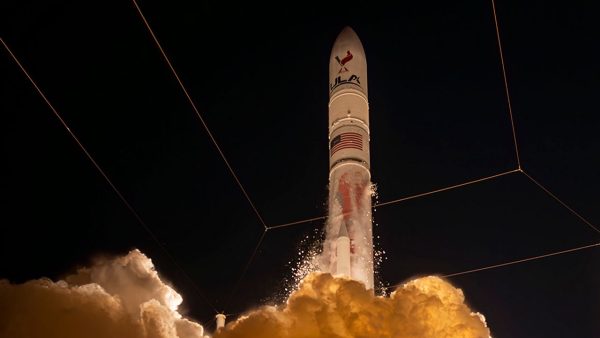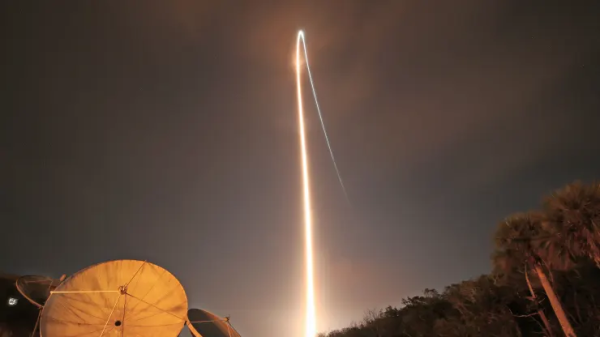An Icelandic eruption leaves tourists and scientists eager
May 6, 2021
An Icelandic eruption leaves tourists and scientists eager
By Benjamin Raeburn
Copy Editor
A tumultuous history of earthquakes in the preceding month set the stage for the eruption of an Icelandic volcano on March 19. The volcano, without eruption for nearly 800 years, does not pose any danger to nearby cities but instead has become an attraction for tourists and locals.
Three weeks before the event, a pattern of earthquakes (nearly 50,000 in total) swept over the region. Sleeping silently beneath the Icelandic capital of Reykjavik, Mount Fagradalsfjall has had a peaceful record of earthquake activity for the past eight centuries, only ending this record Friday, March 19 when lava erupted from the summit and smoothly simmered down the mountain as it charred the land it engulfed. Thanks to the neighboring geography of the mountain, the lava outburst was contained in a patch of valleys and poses no threat to humans. However, scientists predict that the seismic (earthquake) activity experienced by the region marks the start of a much greater historical trend: the tendency for a century filled with volcanic eruptions to accompany an eruption like this. Because of this fact, scientists are eager to observe the eruption and learn more about where this might lead. Their enthusiasm, however, is rivaled equally by tourists.
Flocks of tourists have lined up by the edge of the lava to gain a once-in-a-lifetime experience. The slow-moving, almost stagnant, lava allows visitors to get within feet of the glowing liquid rock. Though officials don’t advise this, some believe it’s worth the risk. One visitor creatively attempted to cook eggs and bacon on the lava and failed when the pan unsurprisingly melted. Another tourist succeeded in roasting a hot dog on it and then eating it with a bun and ketchup. The general opinion of the crowd was one of amazement and awe. For many, this is their first, and perhaps last, time seeing lava up close.

